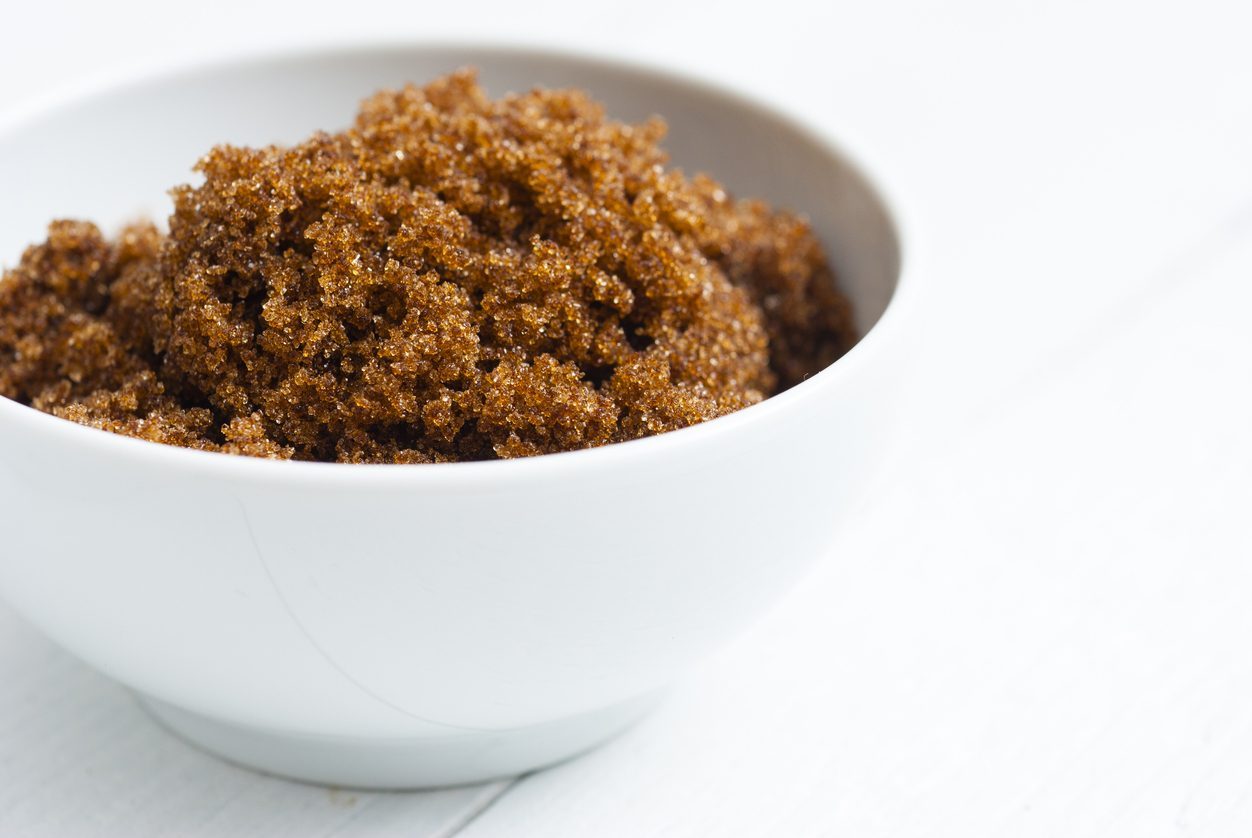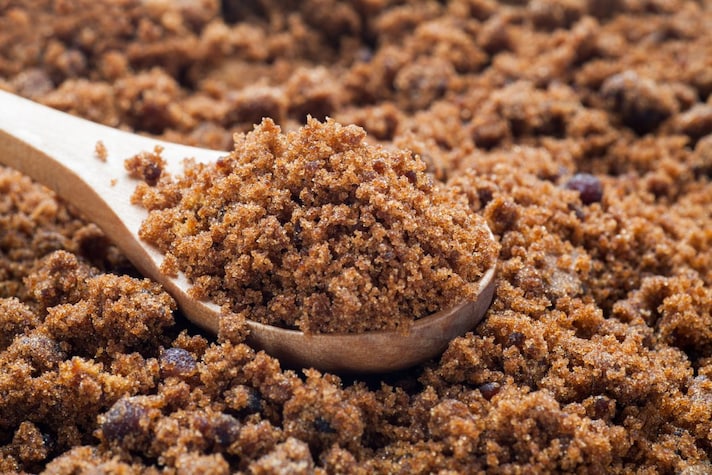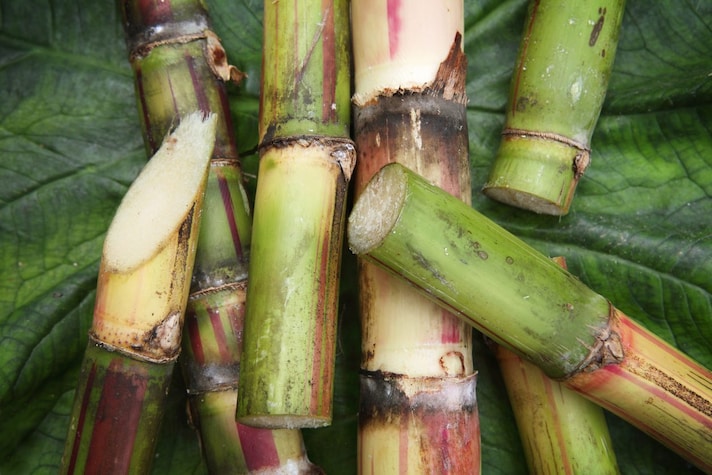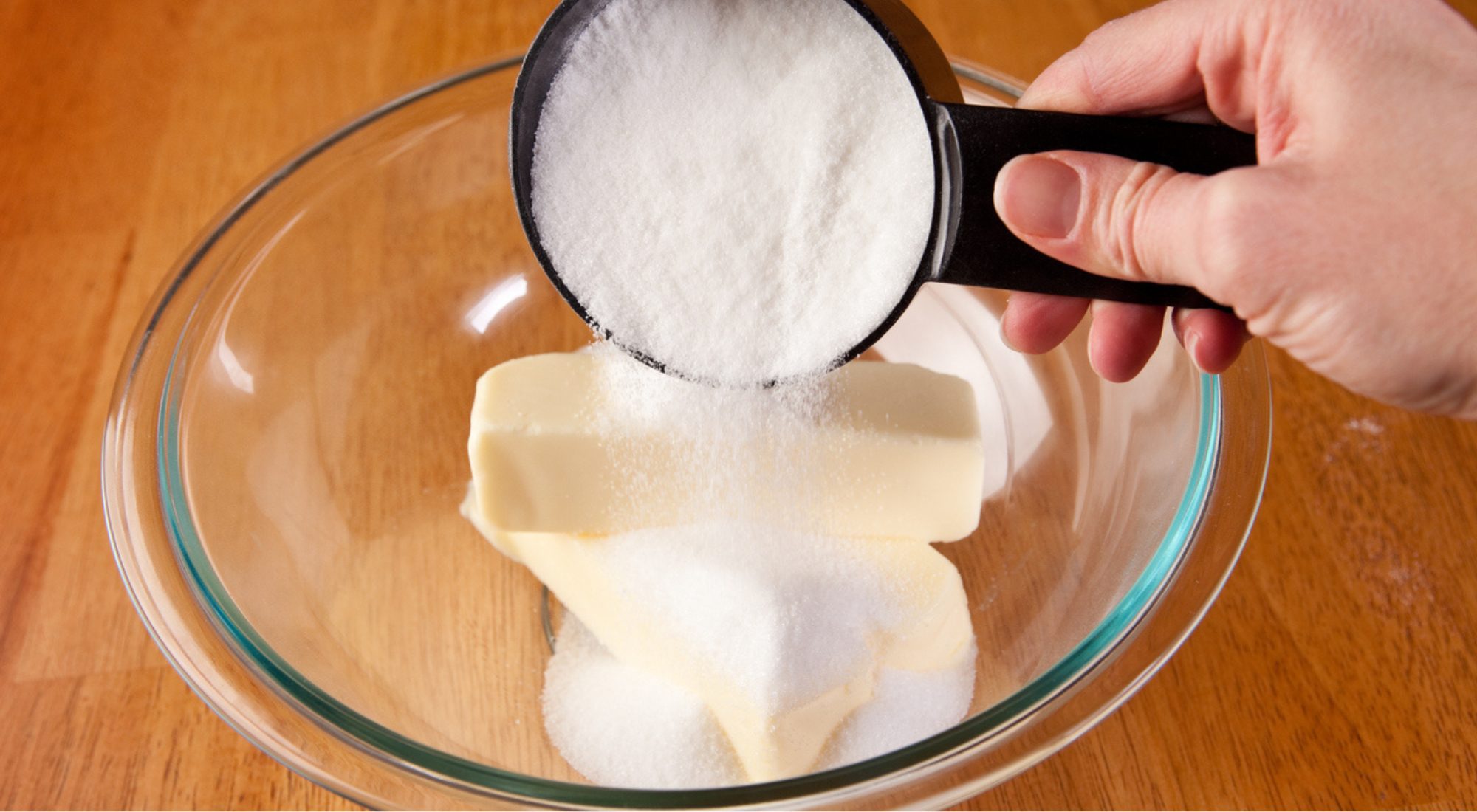What is Muscovado Sugar and How Can You Use It in Cooking?
A raw and organic cane sugar of ancient origins: let's learn more about muscovado, what it is, how to use it and where to buy it.
;Resize,width=742;)
Muscovado is a raw whole cane sugar, a product of ancient origins characterized by a particularly dark color and a flavor reminiscent of molasses. Widely used in Indian tradition to sweeten hot and cold drinks or in pastry recipes, muscovado sugar, also known as Khand or Khandsari, is rich in mineral salts and is a good source of vitamins, the result of a production process that does not involve refining. In recent years, those who follow a healthy and balanced diet have been using muscovado as a "natural" substitute for the more refined white sugar: let's find out everything there is to know about this Philippine sugar, how to use it and where to find it.
Muscovado Sugar: What is It, Exactly?
Also known as muscovado sugar, Khand or Khandsari, mascobado is a raw and organic cane sugar, originally from the Philippines. Characterized by an intense molasses flavor and a scent reminiscent of licorice, muscovado sugar has a moist consistency and a very dark color, characteristics due to the absence of processing and chemical processes. Obtained from the juice of sugar canes left to evaporate until crystallization, muscovado maintains its nutritional principles almost completely intact and, compared to common granular white sugar, has a higher percentage of mineral salts, in particular iron, magnesium, potassium and calcium.

Muscovado Sugar's Properties
Much loved by those who follow a vegan and vegetarian diet, muscovado sugar is rich in mineral salts and vitamins, especially B vitamins. Low in fat, muscovado provides approximately 380 calories per 100 grams of product, practically the same as refined sugar with which it also shares the high sugar content.
Although for many "whole" is synonymous with "healthy" – and it turns out to be true if, for example, we talk about cereals – it is important to underline that sugar does not belong to any of the fundamental food groups and that it is not considered a nutritional resource whether it is whole or refined: this means that, although in terms of mineral salts muscovado is preferable to white sugar, consumed in the recommended doses of 5 grams per day, it does not provide a significant quantity of minerals. The real difference is in the flavor and in the use we can make of it, not in the greater or lesser healthiness.

How to Use Muscovado Sugar in Cooking
How is muscovado sugar used? In India, where it is particularly widespread, it is used to sweeten hot or cold drinks, in fruit salads and in pastry recipes. Given its moist and slightly sticky consistency, muscovado sugar can completely replace refined sugar in sweet recipes (cakes and biscuits), slightly reducing the liquid part of the recipe. Where to find it? We can easily buy muscovado sugar in small specialized shops or online.
Muscovado Sugar Vs. Brown Sugar: Are They The Same?
Muscovado sugar and brown sugar may look like close cousins in the baking aisle, but they’re far from identical twins. While both get their rich color and deep flavor from molasses, muscovado is the less refined, bolder sibling—a raw, unprocessed sugar that retains all its natural molasses, giving it a sticky texture and intense, almost smoky caramel flavor. Brown sugar, on the other hand, is simply refined white sugar with molasses added back in, resulting in a softer, milder sweetness that blends more easily into recipes. If you’re after a deep, complex sweetness in your cookies or barbecue sauce, muscovado brings the drama, while brown sugar plays the reliable, versatile role.
;Resize,width=767;)
;Resize,width=712;)

;Resize,width=712;)
